The rumble of forklifts and the whir of conveyor belts might not be the usual soundtrack to a tech revolution, but in the realm of supply chains, a silent war is brewing. Two Distributed Ledger Technology (DLT) titans, VeChain and IOTA, are vying for dominance, each promising to transform the way we track goods from factory floor to storefront. But with distinct strengths and weaknesses, the question remains: which DLT will rule the future of supply chains?
VeChain, the Enterprise Champion:
Backed by Chinese behemoths like PwC and DNV GL, VeChain boasts a robust, permissioned blockchain specifically designed for supply chain needs. Its tamper-proof record-keeping ensures transparency and traceability, while its smart contracts automate tasks and streamline workflows. VeChain’s focus on compliance and regulatory hurdles makes it a darling of established corporations, particularly in China, where it has already secured major partnerships with the likes of BMW and LVMH.
However, VeChain’s centralized nature raises concerns about scalability and control. Critics argue that its dependence on a consortium of validators could stifle innovation and limit accessibility. Additionally, its reliance on the energy-intensive Ethereum blockchain raises environmental questions.
Related: VeChain Price Analysis and Future Outlook 2024: A Bullish Outlook with Room for Caution
IOTA, the Tangle’s Trailblazer:
IOTA, on the other hand, takes a radically different approach. Its revolutionary Tangle technology eliminates the need for miners and blockchains, instead relying on a network of interconnected devices to validate transactions. This not only makes IOTA incredibly fast and scalable but also energy-efficient, a crucial factor in today’s climate-conscious world. IOTA’s focus on micropayments and machine-to-machine communication makes it ideal for the burgeoning Internet of Things (IoT) landscape, where sensors and devices can seamlessly track and report on the movement of goods.
However, IOTA’s nascent ecosystem and relative complexity compared to VeChain present challenges. Its lack of established partnerships and real-world deployments raise questions about its practical readiness. Additionally, the security of the Tangle, while promising, remains unproven at the enterprise level.
Also Read: Beyond Crypto: The Broader Impact of IOTA and VeChain on Global Industries
The Road Ahead: A DLT Dyad?
So, who will win the crown? While VeChain currently holds the upper hand with its established partnerships and proven track record, IOTA’s disruptive technology and focus on the future hold immense potential. Ultimately, the victor might not be a singular entity but rather a strategic partnership or a hybrid solution that leverages the strengths of both platforms.
The future of supply chains is likely to be a multi-DLT landscape, where different technologies cater to specific needs and coexist in a dynamic ecosystem. VeChain and IOTA, with their contrasting approaches, represent the cutting edge of this revolution. As they continue to evolve and refine their offerings, the true winner might just be the global supply chain itself, finally unshackled from the inefficiencies of the past and poised for a transparent, efficient, and sustainable future.

